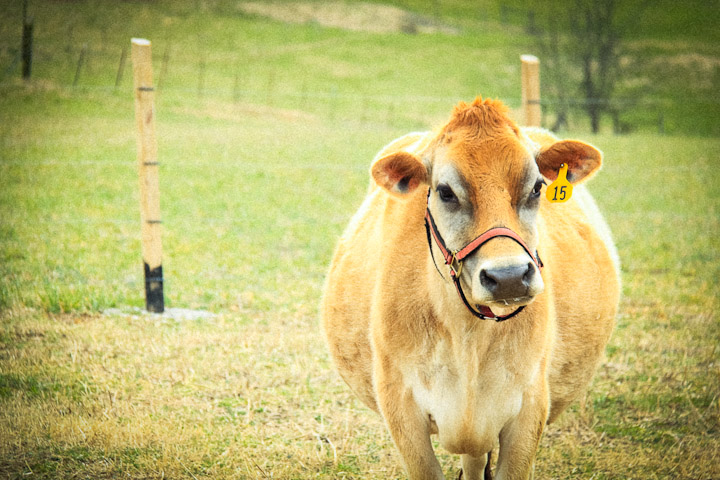Dairy Production Process is Simple Yet Complex
Dairy Production Process is Simple Yet Complex
Definition of dairy production invariably leads to the definition of dairy products. The foods stuffs, wherein the primary raw material used is milk and is obtained from cows, yaks, camels, sheep, goats and other similar mammals are called dairy products.
The growing world population has created a need for increased dairy production and today dairy production process is undertaken on a large commercial scale, across the globe. From being a regular home maker’s activity, it is now conducted on a mammoth scale by established dairy farms and business enterprises.
Dairy production process has seen a sea of change in recent times. With evolving tastes and increasing focus on healthy eating, dairy product manufacturers have to keep several stringent rules and regulations in mind while producing these products. Due to the inherent nature of raw material (in this case raw milk), chances of spoilage are very high if hygiene standards are not maintained.
While most organizations or dairy factories undertake the entire range of dairy production process, some enterprises specialize only in producing certain dairy products.
Products created in the Dairy production process
The first product to be created in a dairy production process is milk. Cow’s milk (primarily) is boiled, pasteurized and in many cases homogenized before being packed for sale.
During the boiling process cream is formed. Using a separator, the cream is separated from the milk to give us skimmed milk (low fat). The cream is then sold either as fresh cream or by adding bacterial culture it is acidified to give sour cream. When the cream is churned, we get butter. Slow freezing of cream with the addition of emulsifiers and flavoring agents, results in ice cream.
Cheese is yet another fermented product created by adding bacteria or molds to curdled milk. Whey and whey protein are some of the byproducts created in the dairy production process. Yogurt (flavored or plain) is made by adding active culture to the milk. In addition to these products, there are different varieties of milk (based on protein content, fat and nutritional value), butter (varying percentages of fat content), cheese (fresh cheese, molded cheese, cheese spreads), fermented milk (kumis), Condensed milk, gelato ice creams (low fat cream is used) and milk powders, which are also produced by adopting variations in temperature, pressure, and process methodology.
Rising complexities in producing Dairy products
Today, dairy manufacturing has moved from the simple milk boiler and hand churner to complex machinery involving separators, milk receiving stations, homogenizations machines, evaporator systems, spray dryers, heating plants, cooling chambers, microfiltration plants, UHT plants, automated control systems, data management, tracking and monitoring systems and in many cases, filling and packaging units. The automation process very often begins at the dairy farms itself, where milk sheds are automated to accommodate milking a large number of cows at a time.
A fast growing global population is increasing the need for dairy products, which in turn requires high milk production capabilities. Cross breeding of cows, automation of the milking process, mixing of two or more varieties of milk are just some of the techniques being adopted by the dairy farmers to meet the ever increasing demand.
Mr. Pratap Shanbhag, Technical Director – Standards International Precision Engineers Pvt Ltd are the pioneers in the manufacture of various food processing equipment. Over the past 10 years, we have grown as the market leaders, with successful installations of more than 100 food processing plants all across the world. More information visitour website http://sipepl.com
